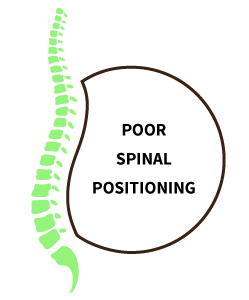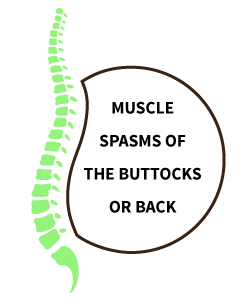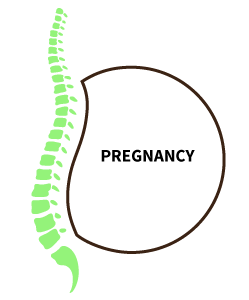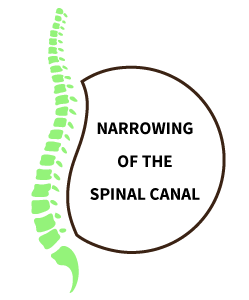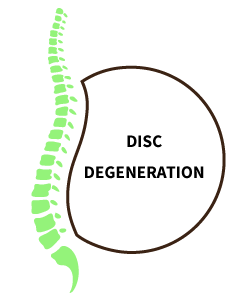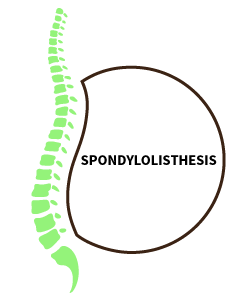
WHAT IS SCIATICA?
Are You Suffering From Sciatica or Other Nerve Pain Discomfort?
Sciatica is a disorder which affects the sciatic nerve. The sciatic nerve is a large nerve extending from the lower part of the spine down each leg.
Symptoms of the condition will vary but may include the following:
- Discomfort in the lower back
- Pain in the leg or buttocks, which sometimes gets worse when one is sitting down
- Pain in the hip
- Tingling or burning feeling behind the leg
- Numbness, weakness or difficulty moving the foot or leg
- Continuous pain on one side of the buttocks and leg
- Shooting pain whenever you’re trying to stand up.
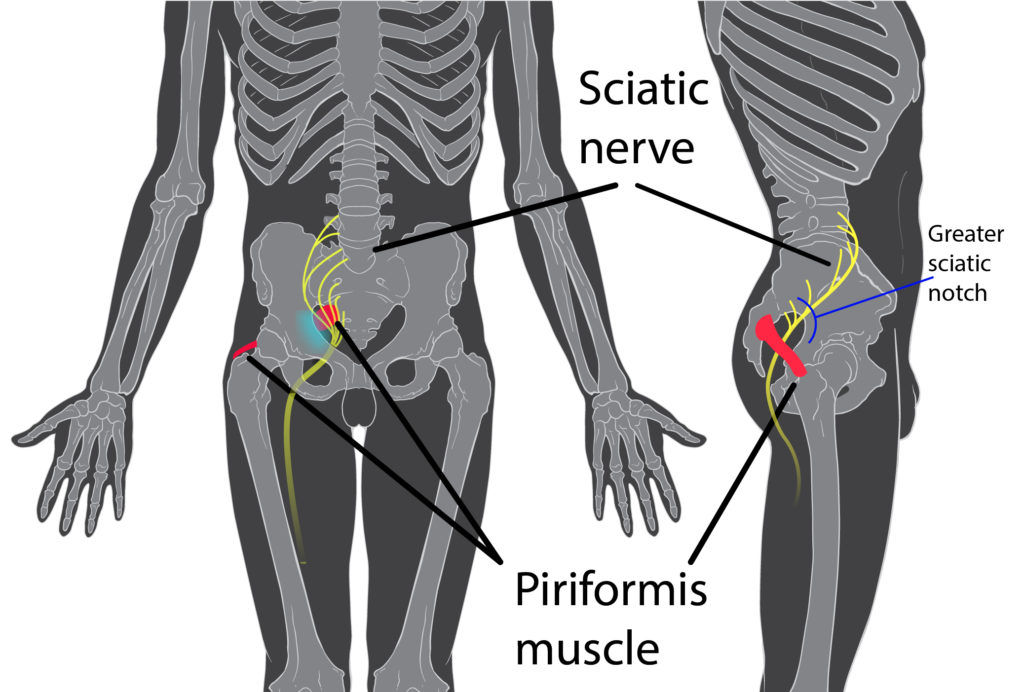
Depending on the area affected, the pain will often extend from the lower back to the back thigh and down to the leg or to the foot or toes. Some people experience severe and debilitating pain from the condition while others have irritating and infrequent pain symptoms that might get worse with time.
If there is progressive weakness in your lower extremities or numbness in the upper thighs we recommend you seek an examination from a health provider such as a Chiropractor, Physiotherapist or Medical Doctor without delay.
You should also seek medical attention if you’re experiencing loss in your bladder or bowel control.

Sciatica can have many causes, some of which have been listed below:
This can result in lumbar disc inflammation or irritation. This may be seen in those who may have pelvis, vertebral or muscular imbalances. Such imbalances may be the result of lifestyle factors (for example sedentary lifestyle, manual and awkward work practices, over training, incorrect training techniques etc).
Muscle spasms of the buttocks or back.
This may occur in those who have lifted, twisted or sat incorrectly producing irritation to either the lumbar discs or the delicate structures surrounding the sciatic nerve.
Many pregnant women experience sciatica, the cause is frequently a combination of hormonal and mechanical stress on the mother’s pelvic and lumbar structures.
Narrowing of the spinal canal, especially in the lower back, a condition known as lumbar spinal stenosis.
Degeneration of the discs that act as cushions between two vertebrae, known as degenerative disc disease.
Where a vertebrae slips forward over the vertebrae below it, a condition known as spondylolisthesis.
At some point in their life at least 4 out of every 10 people are likely to experience sciatic nerve pain.
A growing number of people whom experience sciatica will attend a Chiropractor for examination. A Chiropractor is a qualified health professional who has been trained to examine and determine the nature and specific cause of conditions like sciatica. A qualified Chiropractor is also trained to offer safe and gentle treatment options for a range of mechanical presentations all of which are aimed at improving the spinal alignment, reducing muscle tension and improving function. Chiropractors are also trained to deliver advice on spinal rehabilitation, core strength, and exercise prescription.
In certain cases of Sciatica, such as spinal stenosis (narrowing of the spinal canal) the Chiropractor may not deliver treatment but will refer those patients for G.P and/or spinal surgeon examination.
A Medical Doctor may approach the treatment of sciatica using a range of medical interventions including medications, exercise prescription, spinal injections and in some cases, surgery. Listed below are some examples of ways in which as Medical Doctor may treat sciatica:
- Over-the-counter pain medications
- Muscle relaxants prescribed by medical practitioners for reducing muscle spasms
- Chronic pain in the lower back may be treated using antidepressants
- In some sciatic nerve pain cases, a Medical Doctor may refer patients for steroid (anti-inflammatory) injections whereby medication might be injected into the area around the spinal nerve.
- Referral of that patient to a spinal/orthopaedic surgeon.


